Types of 3D Printing Filaments – A Guide for Professionals
:fill(white)/ce4f0c21c55620e750a87139531c3f3f)
3D printing is a rapidly growing technology used across various industries and technical fields. Choosing the right 3D printing filament is essential for achieving strong, high-quality results.
This guide outlines the most popular types of 3D filaments, their applications, and tips on how to use them in professional and industrial 3D printing projects.
PLA Filament – Ideal for Starting Your 3D Printing Journey
PLA (polylactic acid) is one of the most commonly used filaments in 3D printing. Its main advantage is its ease of printing and compatibility with many 3D printers, making it perfect for creating prototypes, decorative elements, and functional accessories. PLA is also biodegradable, making it an environmentally friendly material for 3D printing. Although not recommended for models exposed to extreme conditions, it is excellent for printing 3D models where mechanical and thermal strength are not crucial. PLA is especially popular among beginner 3D printer users and hobbyists. It stands out for its ease of printing, excellent layer adhesion, and aesthetic surface finish. This filament does not require professional equipment and is compatible with most 3D printers available on the market.
PLA filament is available in a wide range of colors and surface finishes: matte, glossy, pastel, multicolor, glitter-infused.
Among PLA filaments, a special mention goes to PLA LW AERO – a lightweight-focused filament. This is a technical PLA filament that foams during printing, thus reducing the weight of the 3D model.
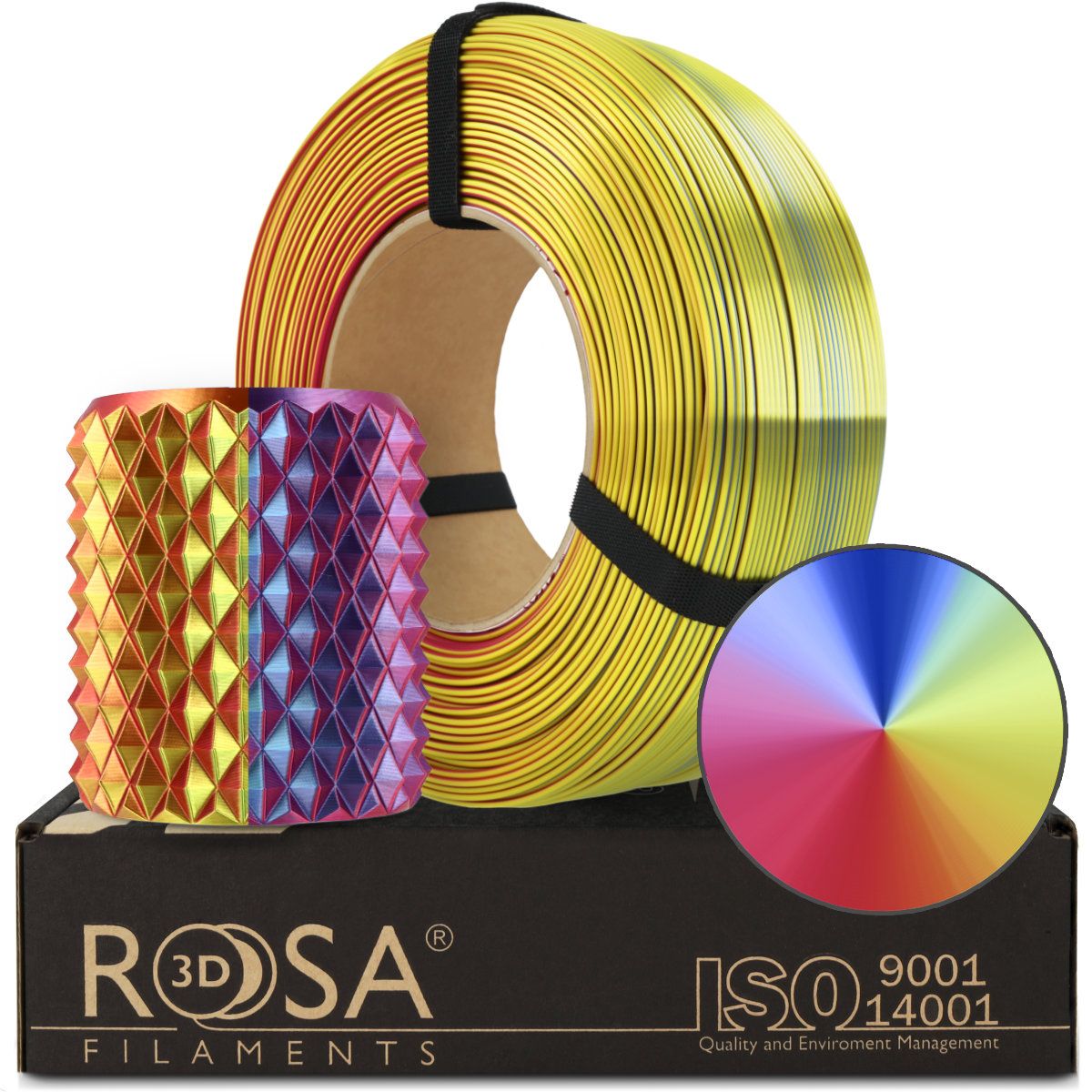
|
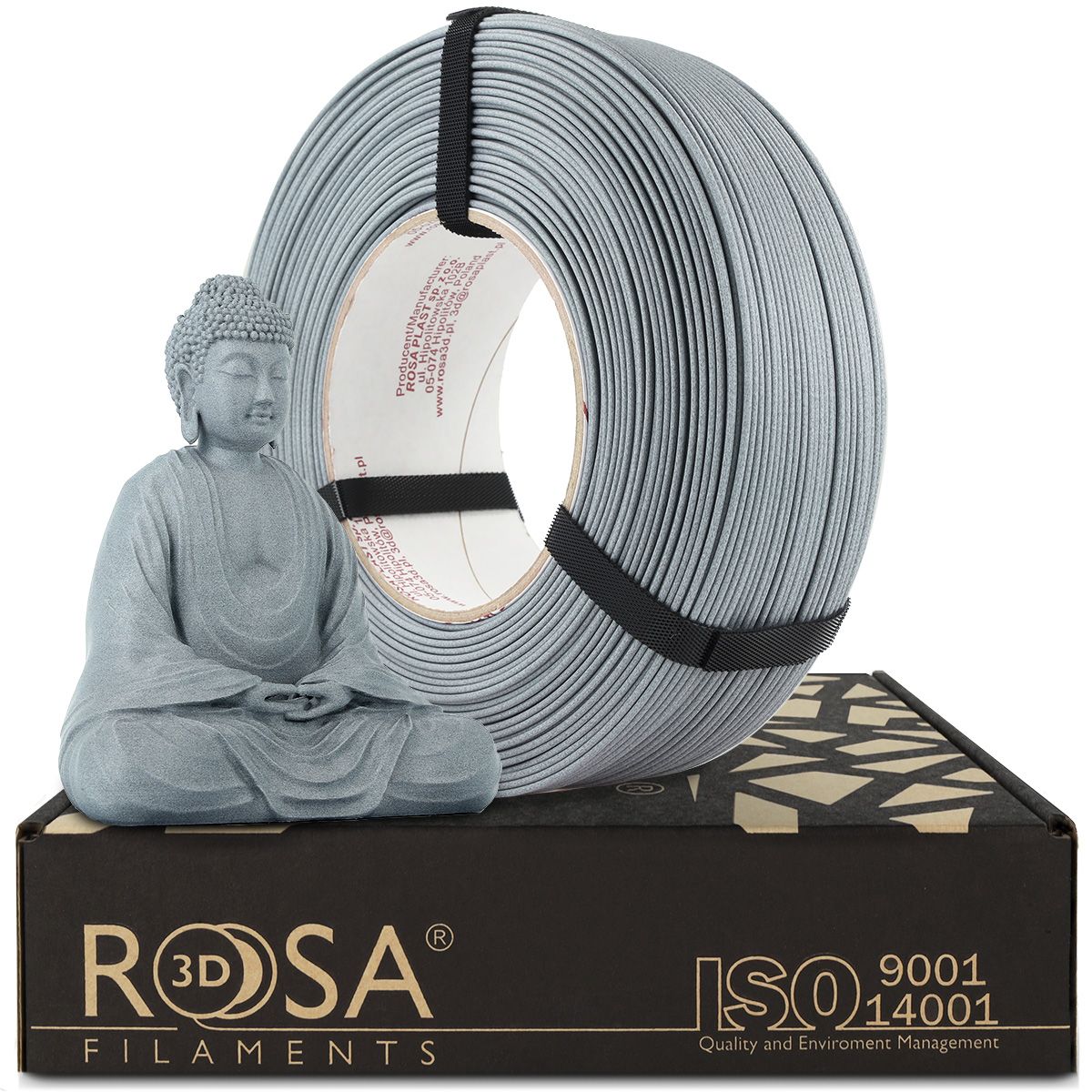
|
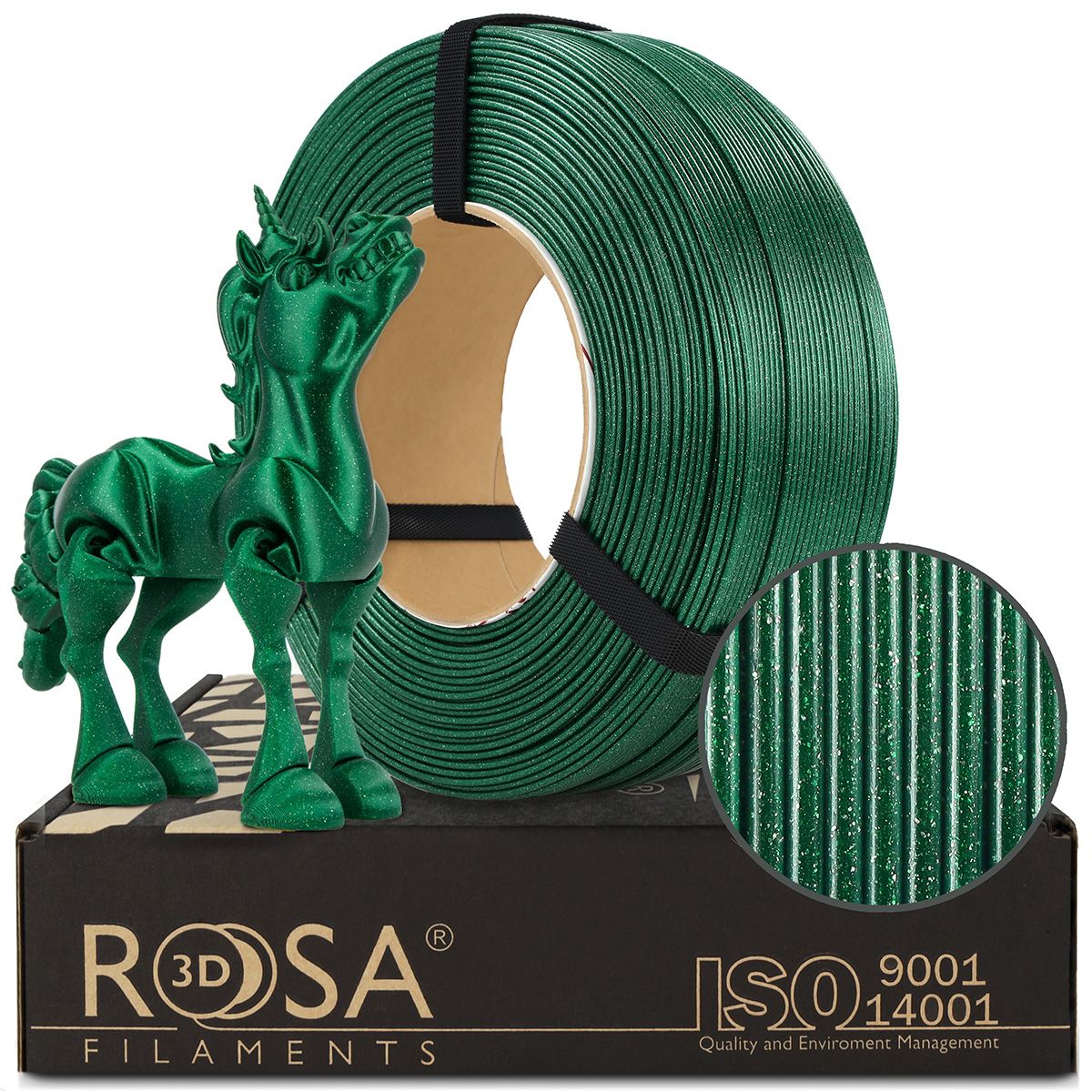
|
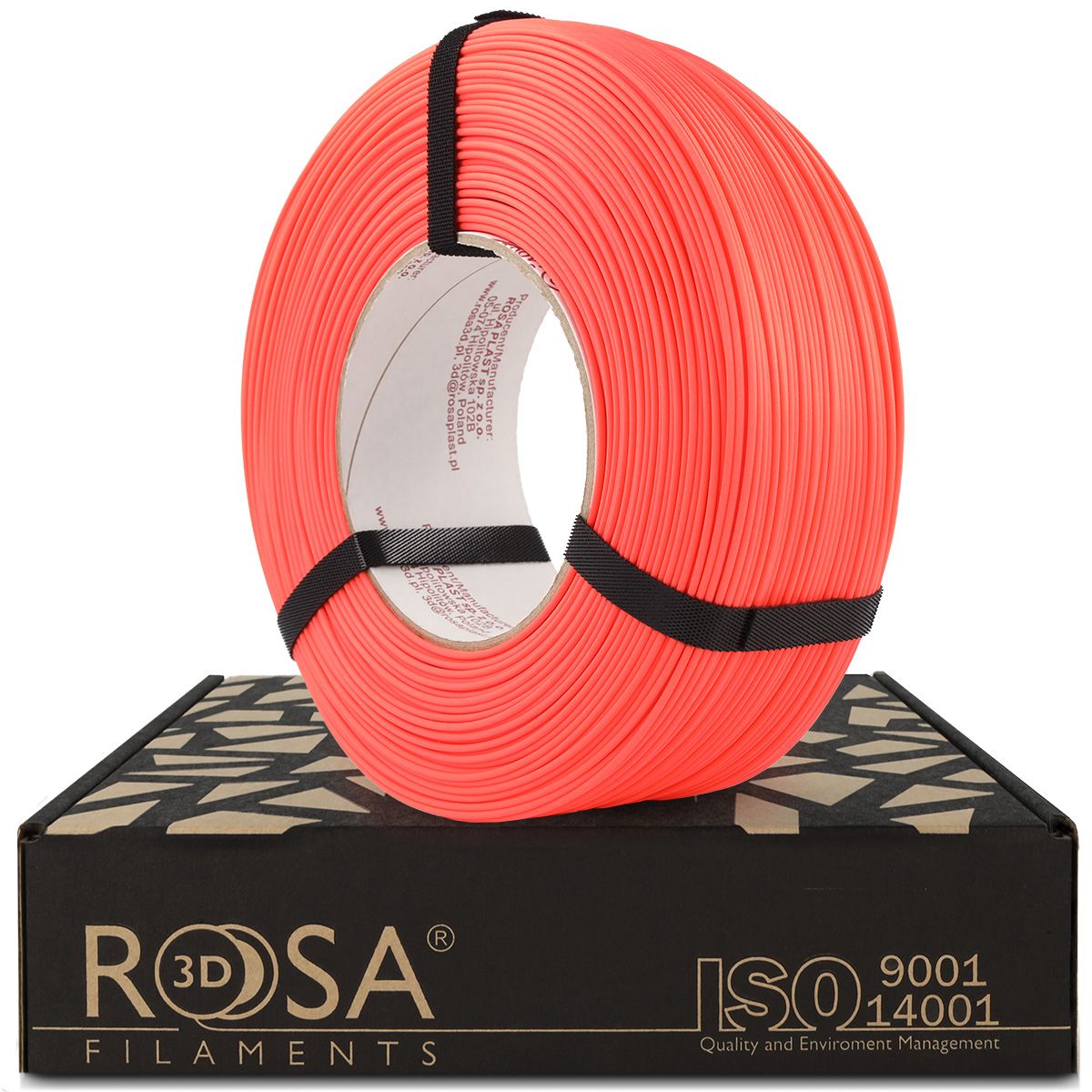
|
ABS Filament – Strength and Resistance to External Conditions
ABS filament (acrylonitrile butadiene styrene) is a material known for its high mechanical and thermal strength, making it ideal for producing technical and industrial components as well as prototypes requiring high-temperature resistance.It is also impact-resistant, which makes it suitable for manufacturing machine parts and tools. ABS has a higher melting point than PLA and is more susceptible to shrinkage during cooling, which may require printing in an enclosed chamber or under higher ambient temperatures. It’s worth noting that the ABS+ Matt filament offered by ROSA3D Filaments features a matte surface finish, making it a durable and aesthetically pleasing 3D printing material.
Another notable option is ABS V0 FR – a specialist, flame-retardant filament that meets the UL94-V0 standard.
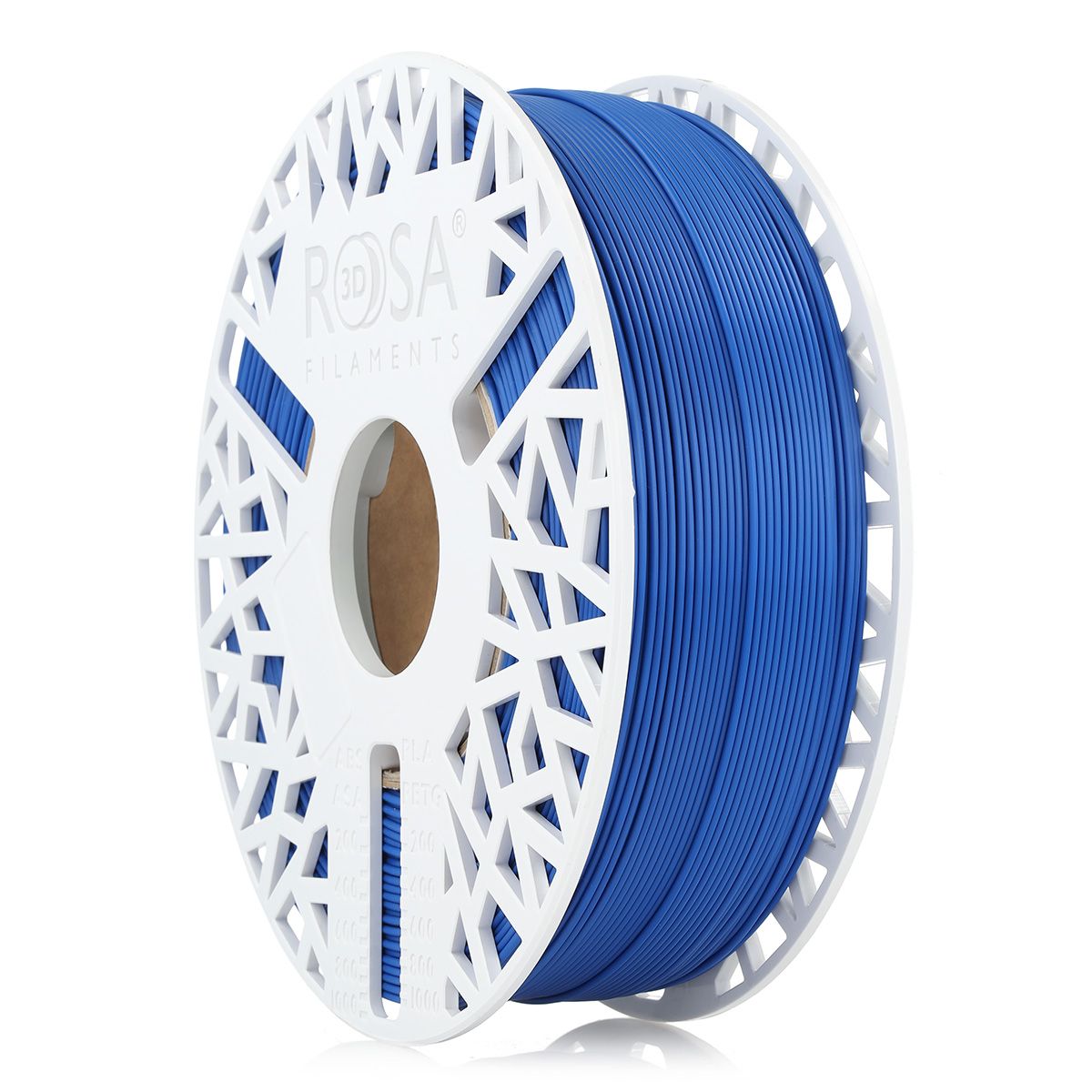
|
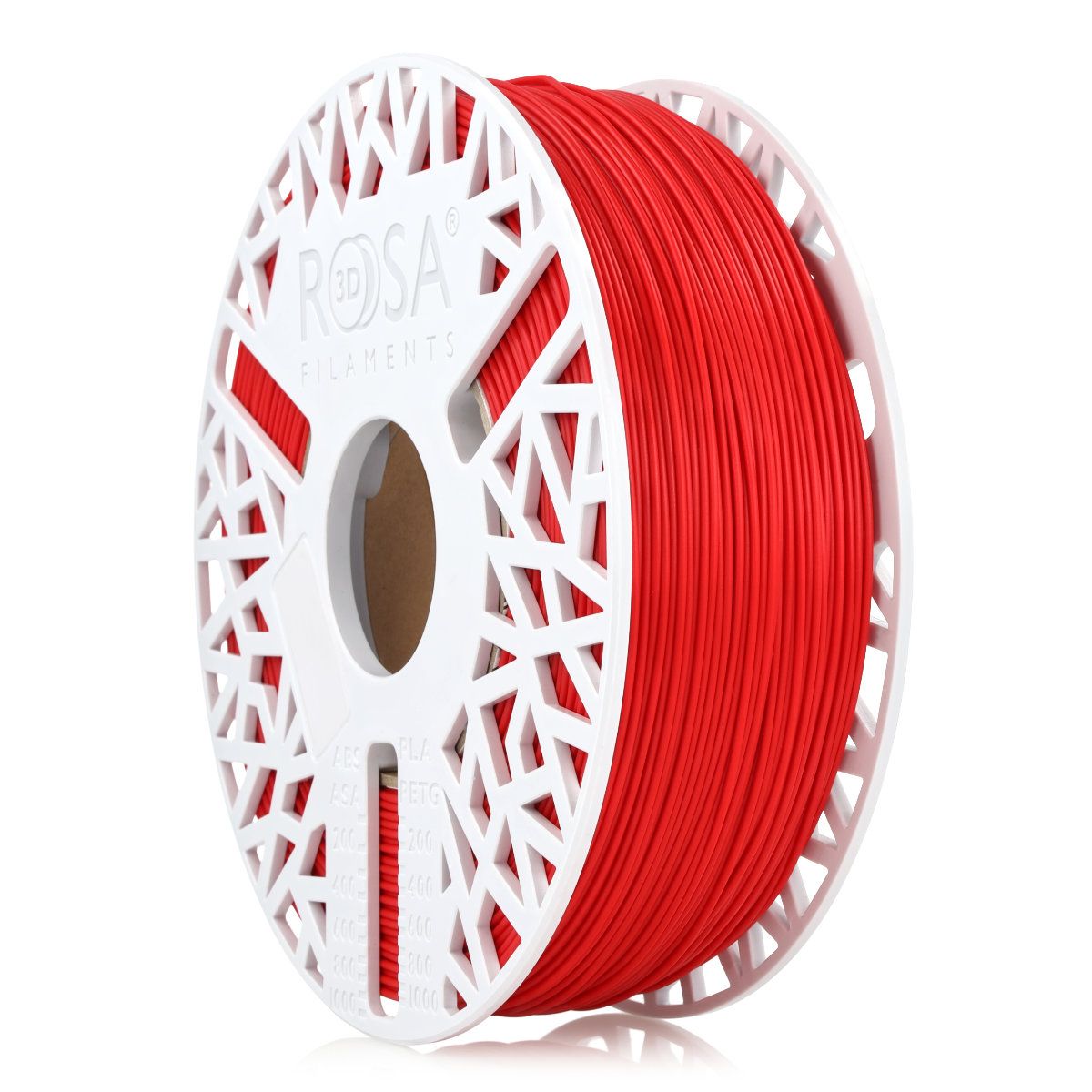
|

|
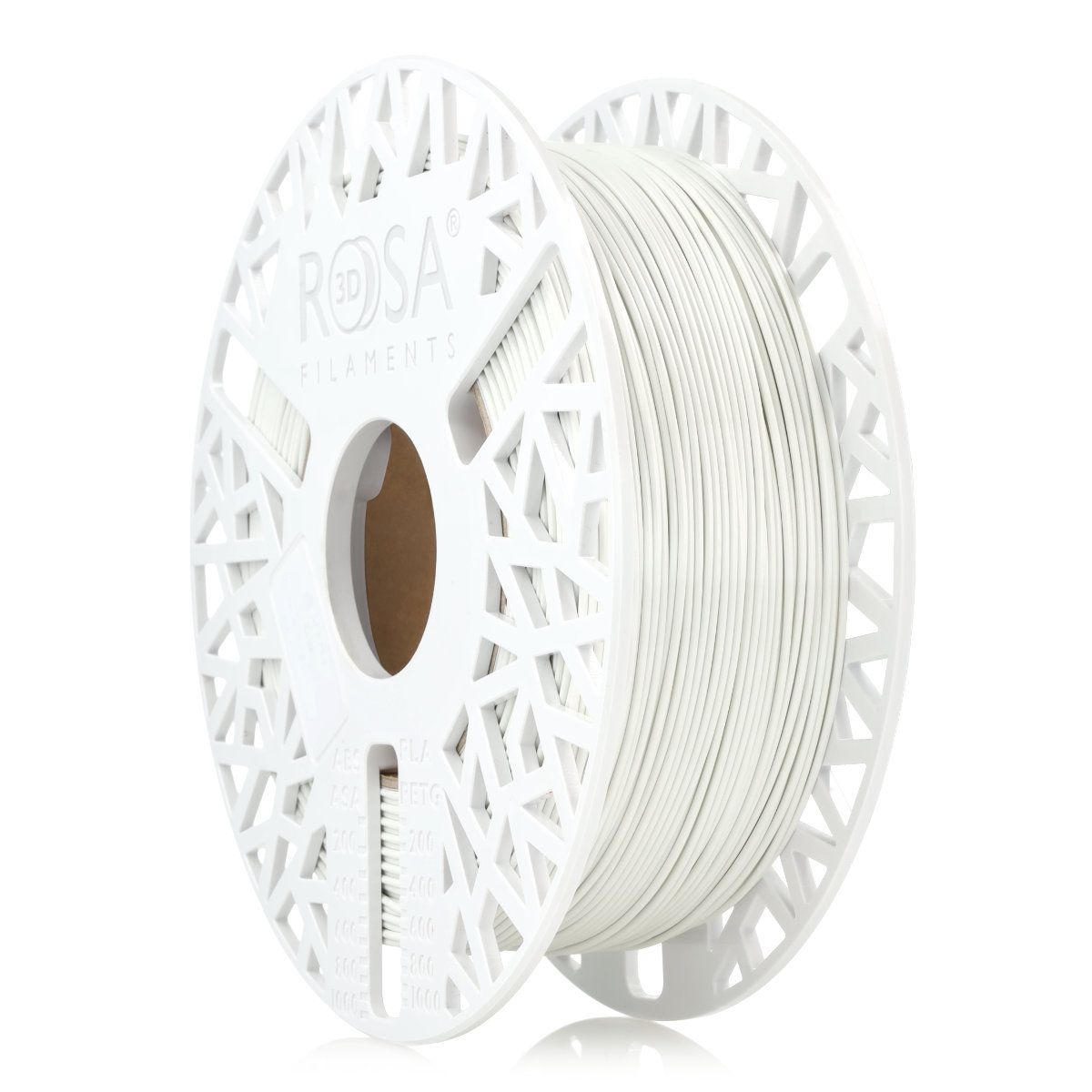
|
PET-G Filament – Versatility and Ease of Printing
PET-G filament (polyethylene terephthalate glycol-modified) combines material strength with ease of printing. It is resistant to moisture and chemicals and has a low shrinkage rate, making it less prone to warping during cooling.
PET-G is extremely popular for producing enclosures, containers, holders, and functional components that need to be durable without requiring extreme temperature resistance. Thanks to its mechanical and chemical properties, it is widely used both in industry and hobby projects.
At ROSA3D Filaments, you will find a wide selection of PET-G materials for 3D printing, perfect for both beginners and professionals looking for high-performance materials. Among the PET-G materials available in the ROSA3D Filaments store are: a wide selection of colors from the PET-G Standard High Speed series, PET-G filament with glitter, flame-retardant PET-G filament that meets UL 94 V0 standards, PET-G filament detectable by magnetic and X-ray detectors, and matte PET-G filament with a structural surface.
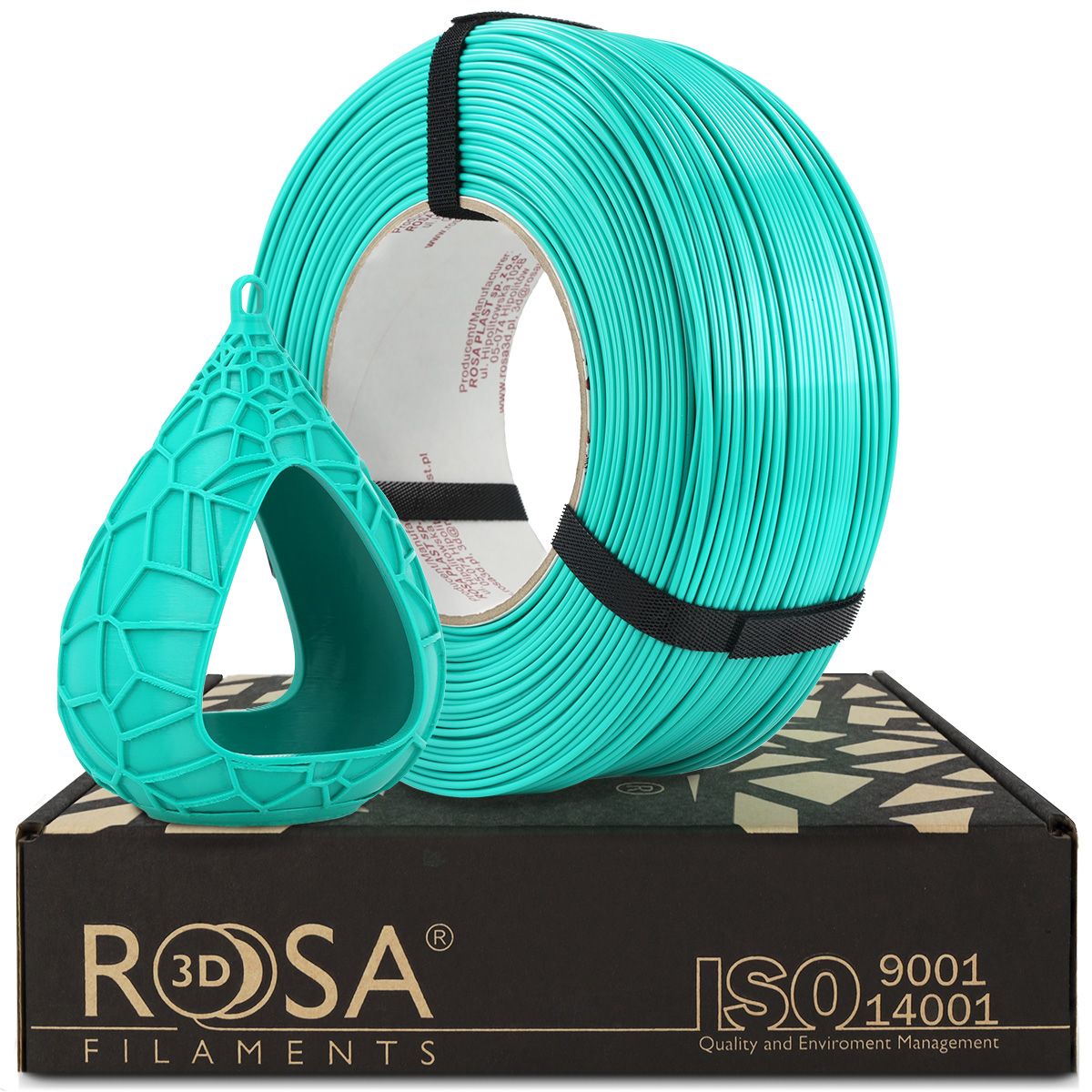 | 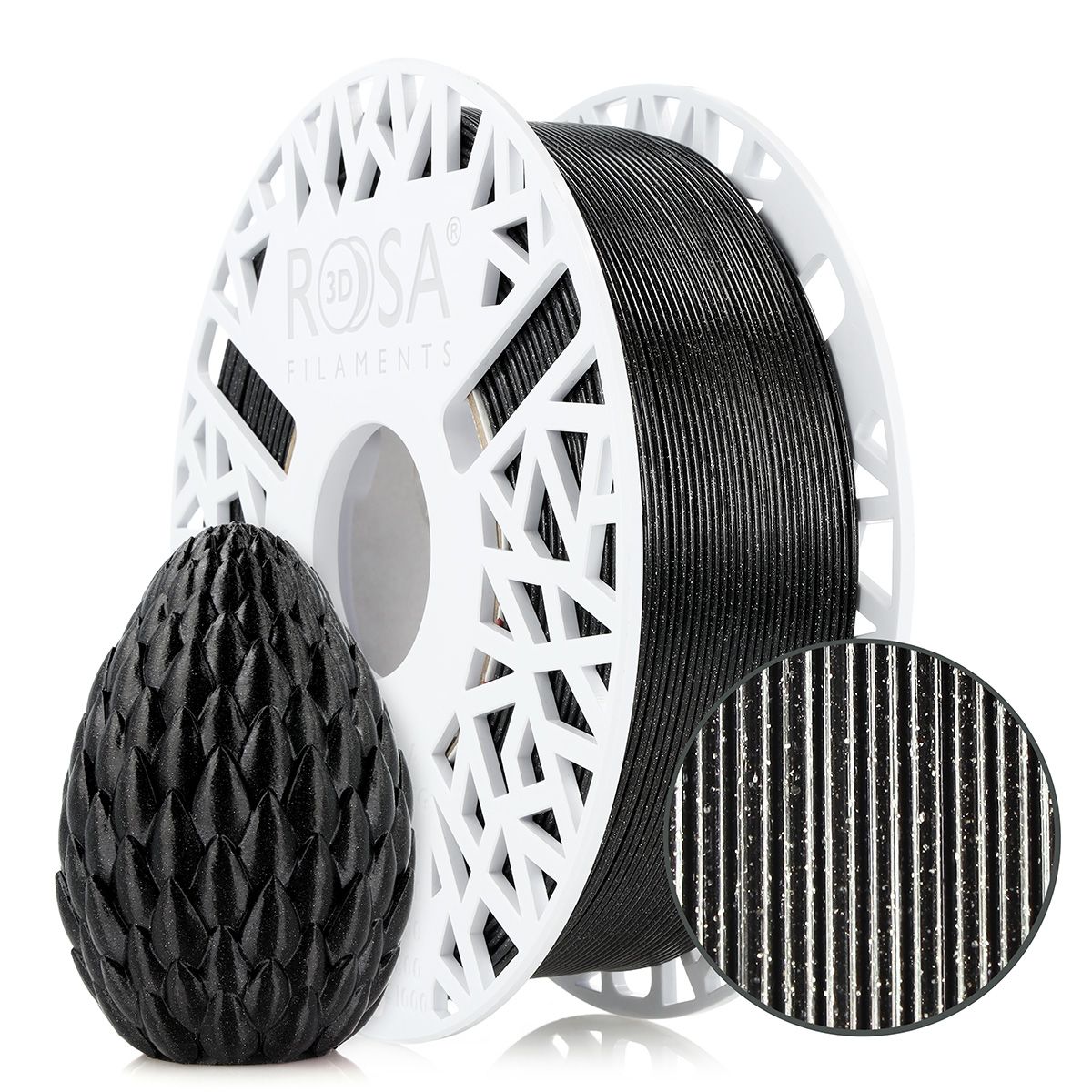 | 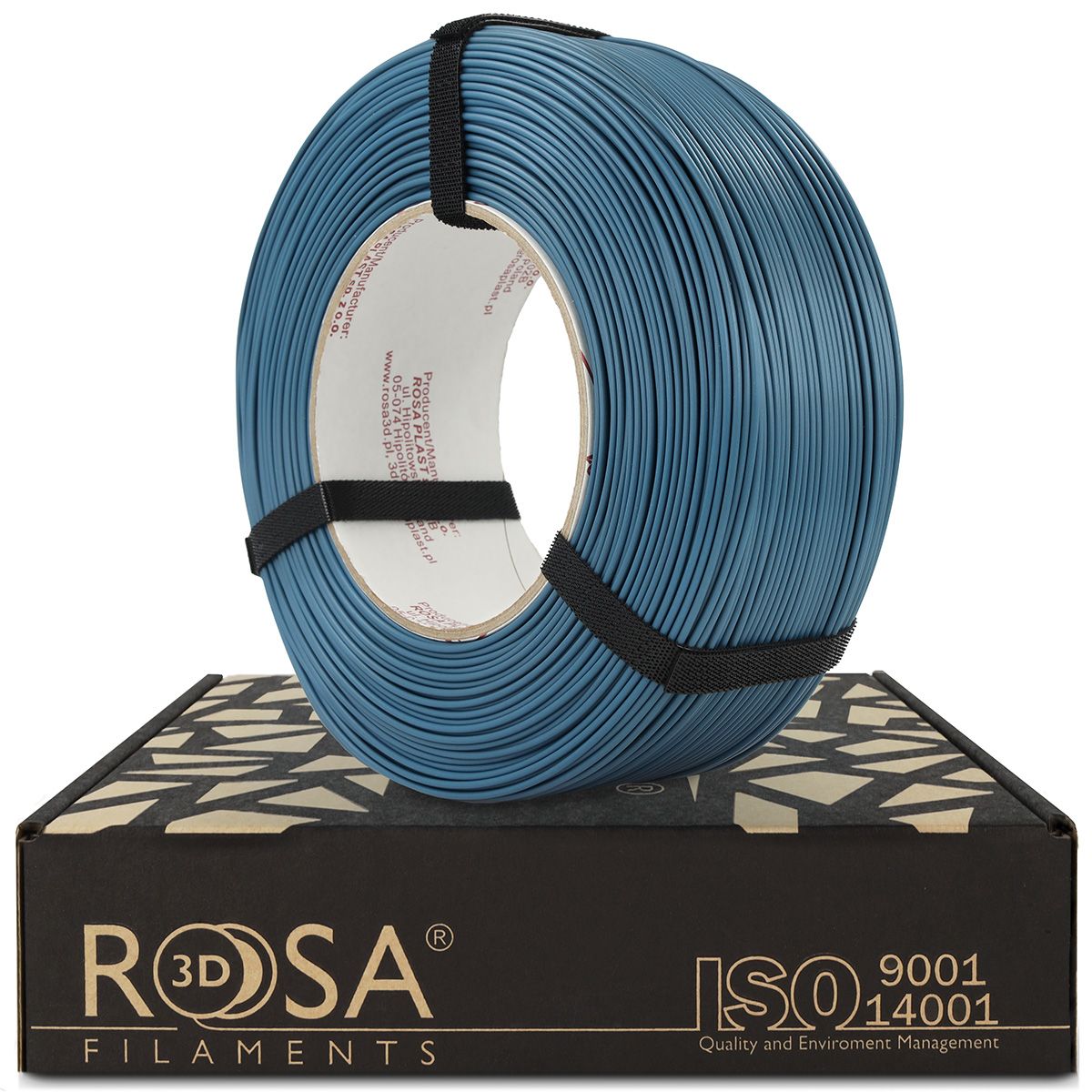 | 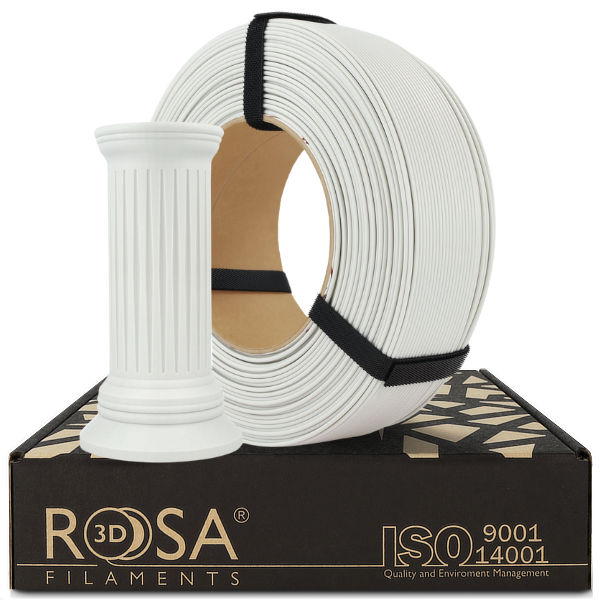 |
TPU Filament – Flexibility for Demanding Projects
TPU (thermoplastic polyurethane) is a flexible material known for its exceptional resistance to abrasion, stretching, and bending. These properties make TPU ideal for printing parts that need to withstand intense use, such as gaskets, shock absorbers, covers, or footwear components.
TPU is also resistant to various chemicals, oils, and greases, making it a suitable material for parts used in automotive or medical industries. Printing with this material can be slightly more challenging due to its flexibility and requires proper model preparation in the slicer and suitable printer settings, but it delivers outstanding durability and functionality. It is available in many Shore hardness levels and versions enriched with carbon fibers.
 | 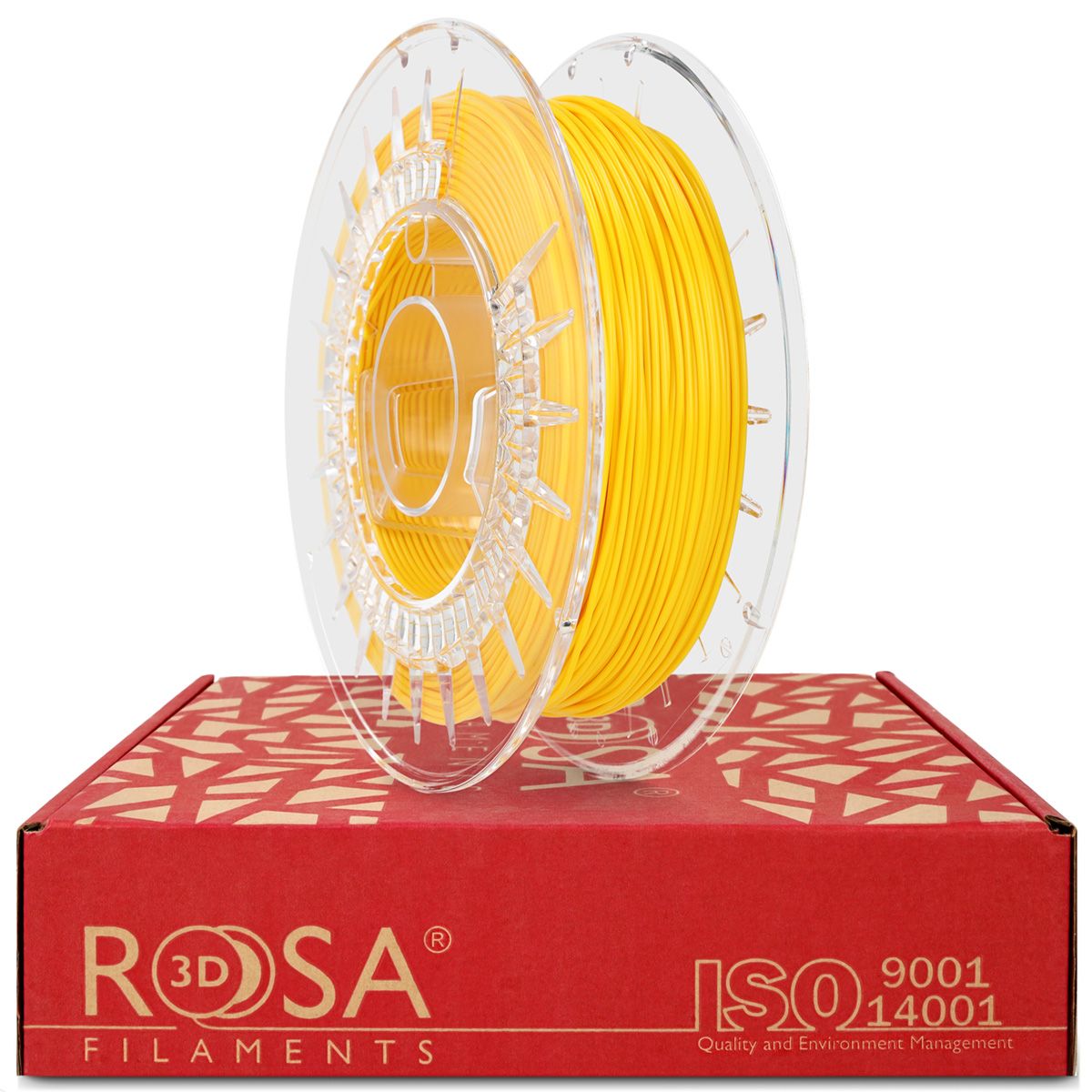 | 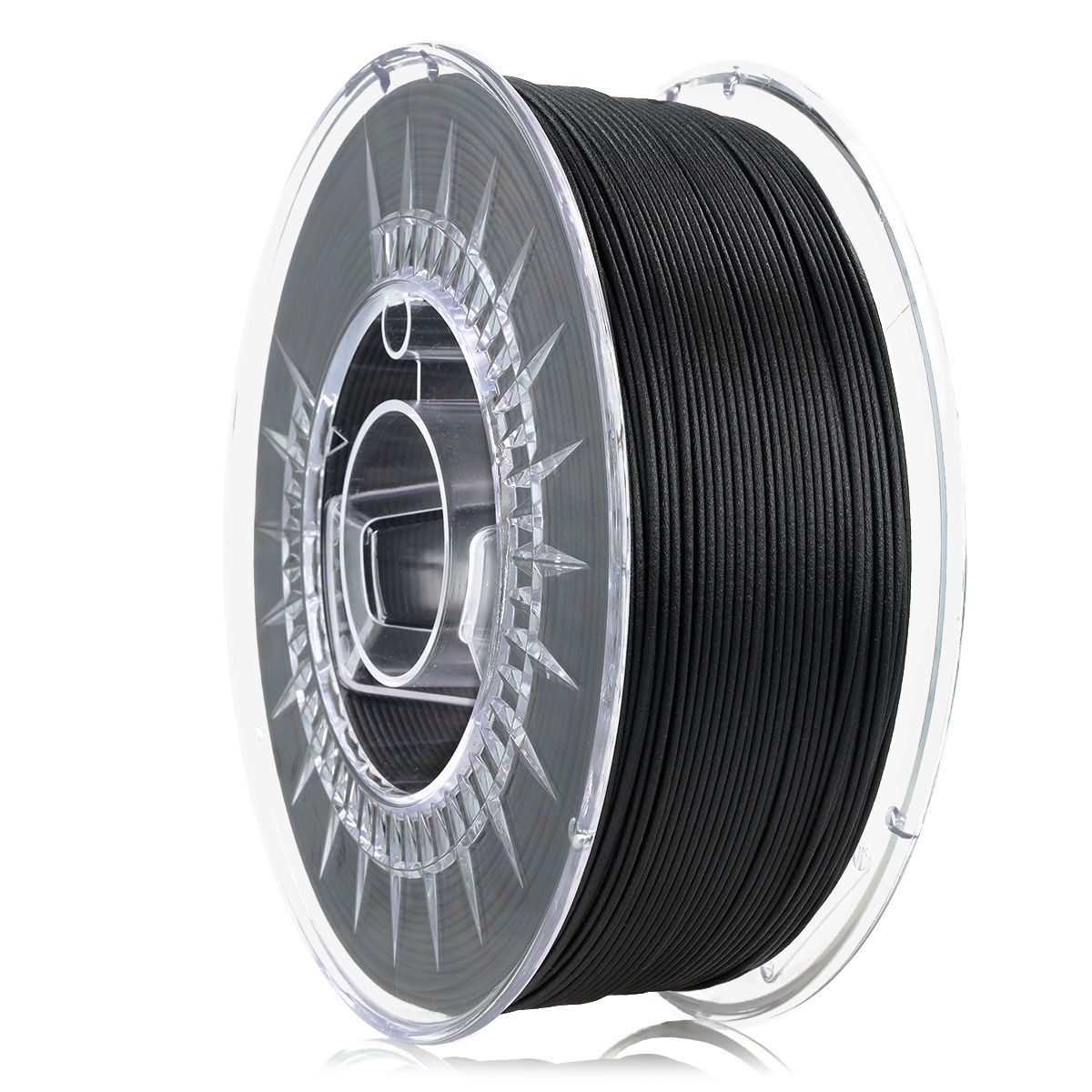 | 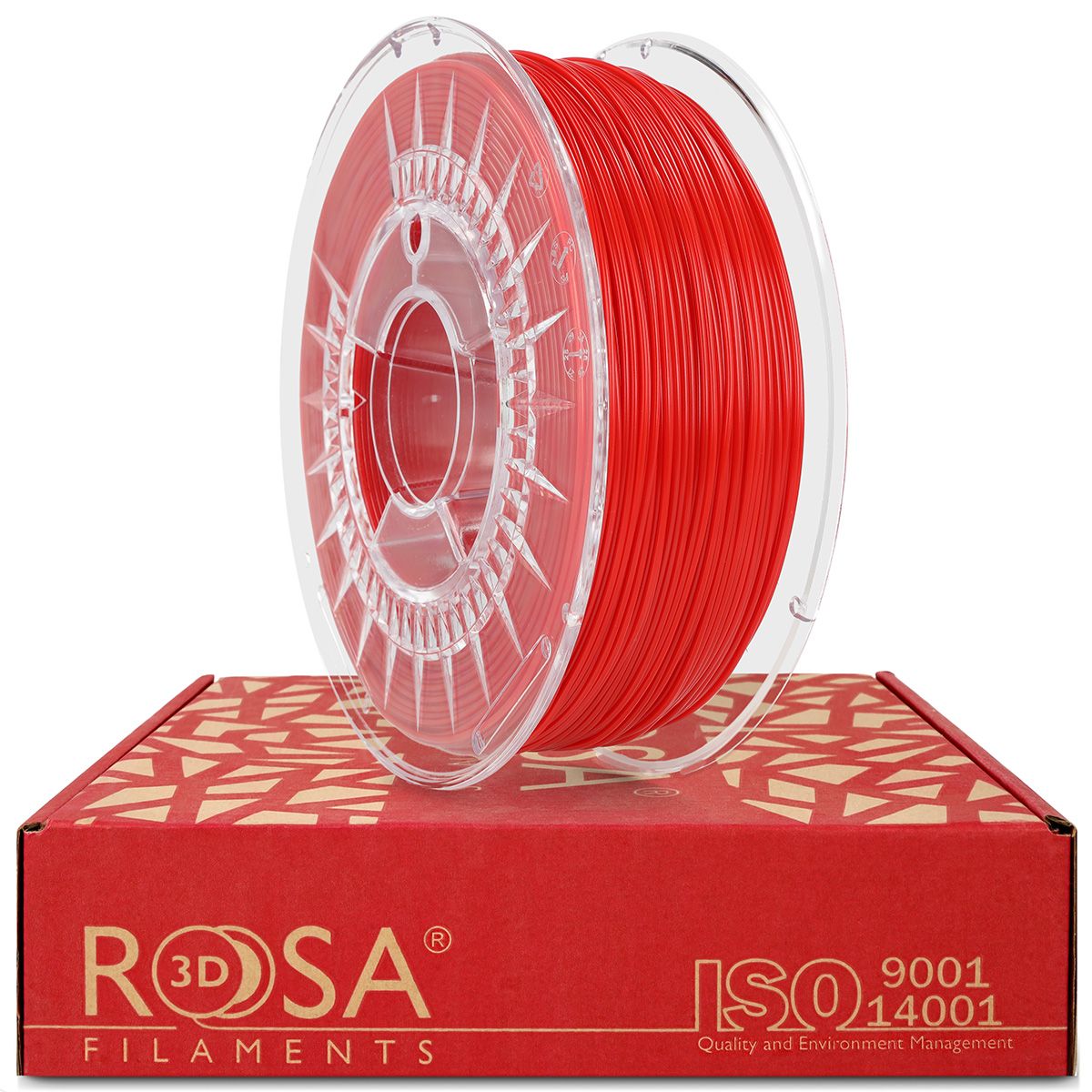 |
Technical Filaments – PA, PC, and Other Materials for Demanding Applications
In addition to popular filaments such as PLA, ABS, ASA, or PET-G, the ROSA3D Filaments store also offers more advanced technical materials that meet the demands of complex projects.
Filaments such as PA (nylon) or PC (polycarbonate) are known for their exceptional mechanical strength, high-temperature resistance, and excellent chemical properties.
ROSA3D Filaments also provides technical composite filaments enriched with carbon fiber, glass fiber, or PTFE (Teflon).
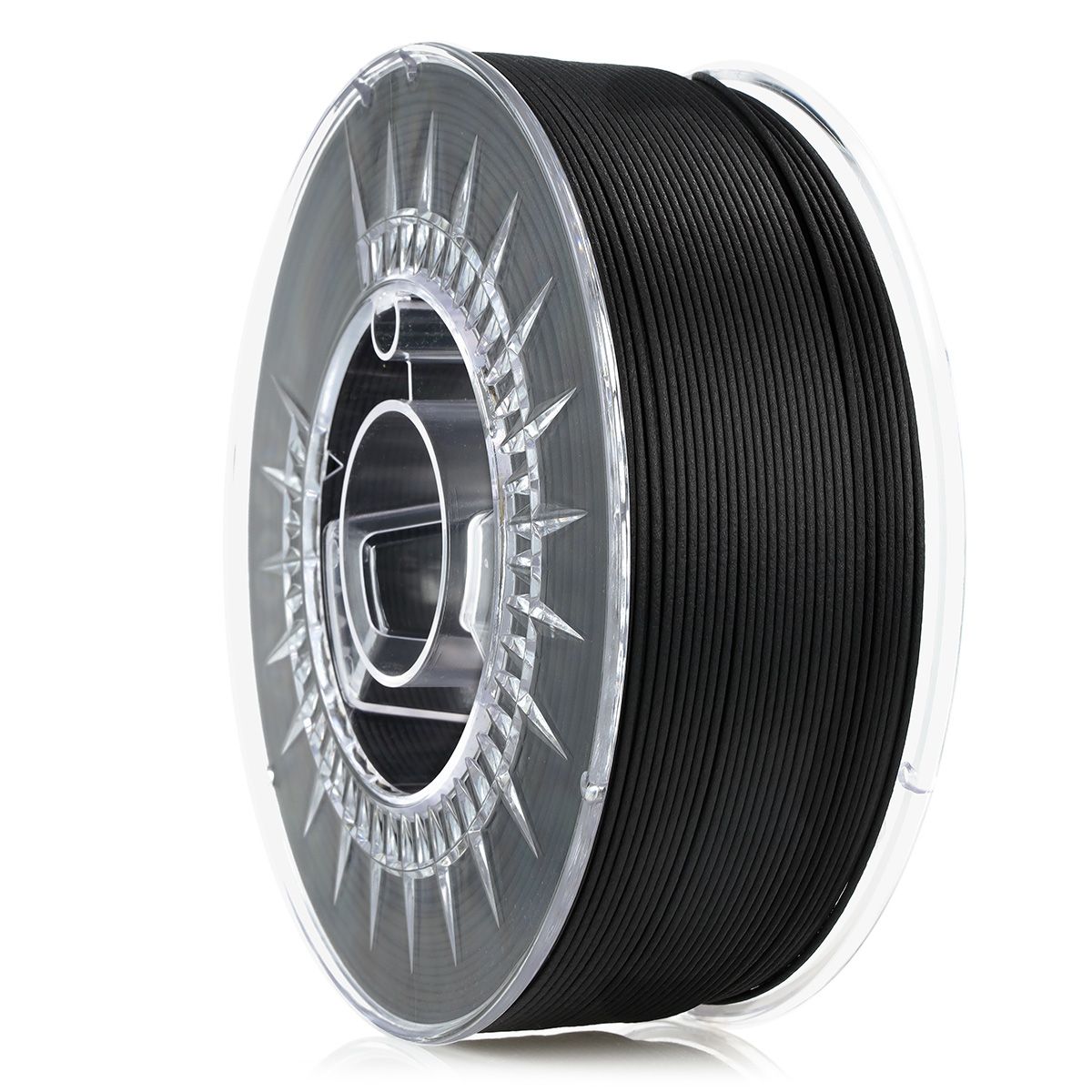 | 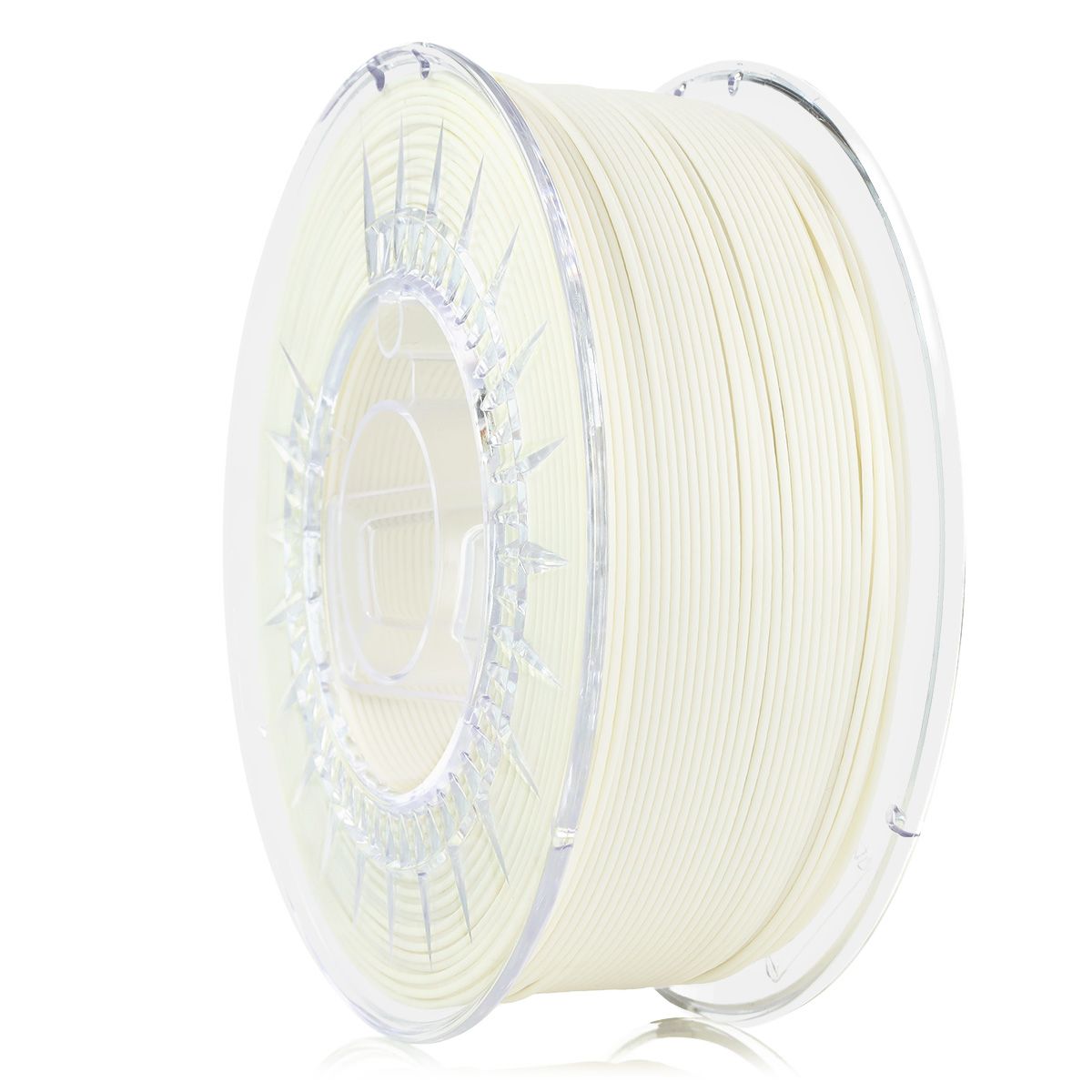 |
How to Choose the Right Filament for 3D Printing?
Choosing the right filament for 3D printing depends on several factors, such as the type of project, durability and resistance requirements, as well as the type of 3D printer you use.
If your projects require materials with high strength and resistance to external factors, ASA or ABS filaments are an excellent choice.
For aesthetically pleasing and precise elements that don’t need to withstand heavy loads, PLA will work well. If you need flexibility and tensile strength, TPU will be the best option.
For specialized industrial applications or demanding materials, technical filaments such as PA or PC are recommended.
The choice of material also depends on printer parameters, such as nozzle and chamber temperature, so it’s important to review the specifications for each filament type.
ROSA PLAST SP. z o.o.
ul. Hipolitowska 102B
05-074 Hipolitów, POLAND
Email
eshop@rosa3d.pl
Our team is at your disposal on working days during the hours:
od 7:00 do 15:00
Follow us






